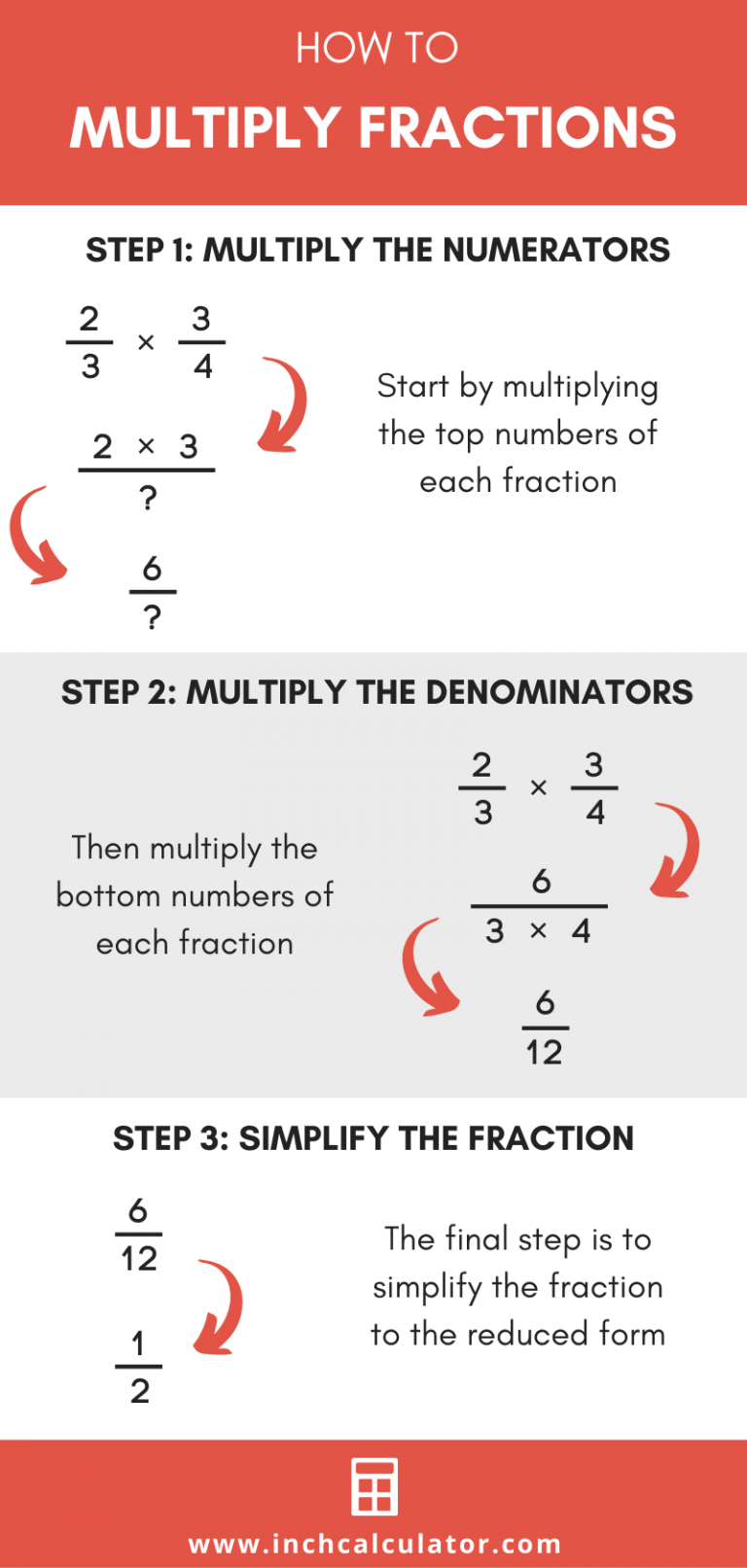

#QUCS ADD TO EQUATION DOWNLOAD#
If we use Excel 2010 or earlier versions, the formula is =NORM.S.DIST(z,True)-0.5.Ĭlick here to download the sample Excel file Additional Resources.In this exam-ple Qucs equation Eqn1 holds values for RF resistor model parameters and Qucs equation Eqn2 lists the model equations introduced at the start of this section. To calculate the probability that something falls in the range of -1.5 to the mean, we need to use the formula =GAUSS(1.5). Figure5illustrates how a set of theoretical equations can be converted into Qucs equations for model simulation and post simulation data processing. The GAUSS function is not particularly meaningful for negative values of z.As NORM.S.DIST(0,True) always returns 0.5, GAUSS(z) will always be 0.5 less than NORM.S.DIST(z,True).#NUM! error – Occurs when the given value of Z is an invalid number.#VALUE! error – Occurs when any of the number arguments that are provided directly to the function are text strings that cannot be interpreted as numbers – that is, the value provided for Z is non-numeric.Things to remember about the GAUSS Function The formula to use for calculating the same will be: Suppose we wish to calculate the probability that a member of a standard normal population will fall between the mean and four standard deviations from the mean. To understand the uses of the GAUSS function, let’s consider an example: Example Z (required argument) – This is the real number at which we want to evaluate the GAUSS function. Approval of the thesis: PARAMETRIC STUDY AND DESIGN OF VIVALDI ANTENNAS AND ARRAYS submitted by YAKUP ERDO AN in partial fulfillment of the requirements for the degree of Master of Science in Electrical and Electronics Engineering Department, Middle East Technical University by, Prof.SPICE netlist les can be linked to a Qucs SPICE netlist schematic symbol. To make the process trans-parent, and indeed straightforward for users, the conversion stage in simulating SPICE netlist les5 has been automated via the Qucs GUI simulate command (F2 key).

The function is capable of efficiently handling large datasets and providing tools for easy data management, making it suitable for conducting analysis using high frequency, real-time data. The Qucs netlist le can be read and simulated by the Qucs simulation engine.
#QUCS ADD TO EQUATION SOFTWARE#
Qucs is free software licensed under the General Public License (GPL). GAUSS was introduced in MS Excel 2013 and is not available in earlier versions. Introduction The following sections are meant to give an overview about what the Qucs software can be used for and how it is used to achieve this.
#QUCS ADD TO EQUATION HOW TO#
For example, if we wish to invest $5,000 in stocks and bonds, with annual return rates of 15% and 6%, respectively, we can use the function to find out how to allocate our investment capital to get the desired return(s). In other words, GAUSS gives us a way to solve a specific case where the range goes from the mean to a point above the mean.Īs a financial analyst, the GAUSS function is useful in understanding markets, prices, and probabilities.


It will return the probability that a member of a standard normal population will be between the mean and a specified number of standard deviations from the mean. To illustrate the new Qucs-S modelling techniques an XSPICE version of the EPFL EKV v2.6 long channel transistor model together with other illustrative examples are described and their performance simulated with Qucs-S and Ngspice.The GAUSS Function is categorized under Excel Statistical functions. This paper is concerned with recent advances in Qucs-S/Ngspice/XSPICE modelling capabilities that improve model construction and simulation run time performance of Equation-Defined Devices using XSPICE model syntheses. Moreover, Equation-Defined Devices often promote a clearer understanding of the factors involved in the construction of complex compact semiconductor simulation models. It’s inherent interactive properties make it ideal for device and circuit modelling via Qucs schematics. Today, this component has become an established element for building experimental device simulation models. The Qucs Equation-Defined Device was introduce roughly ten years ago as a versatile behavioural simulation component for modelling the non-linear static and dynamic properties of passive components, semiconductor devices and IC macromodels.


 0 kommentar(er)
0 kommentar(er)
